Dining experience: Mina Brasserie, Four Seasons DIFC
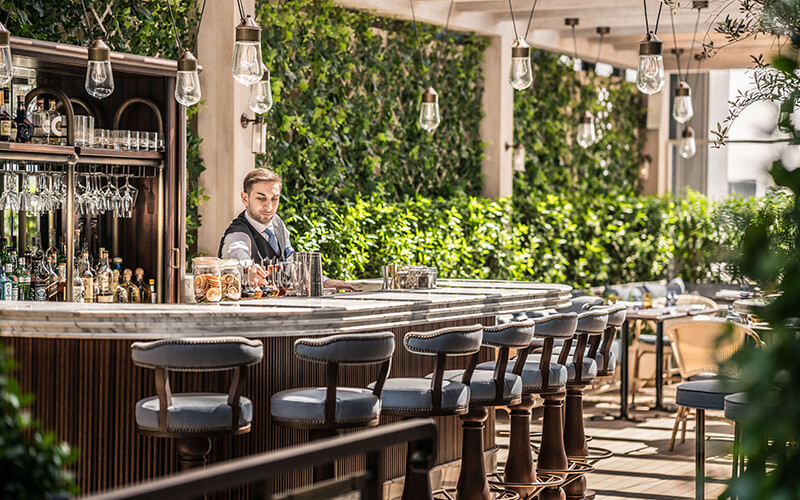
A visit to Mina Brasserie in Dubai promises a classy yet fun affair. Located in the culinary hot spot of DIFC, MINA Brasserie has gone from strength to strength under the culinary direction of famed American chef Michael Mina since its opening early 2018. During our visit on a Friday evening, it was clear to see that MINA is one of DIFC’s firm favourites, with not a seat to spare past 8.30pm – so be sure to make a reservation if you plan on visiting. The beautifully designed modern brasserie features both indoor and outdoor seating on the covered terrace, where a live band plays during the evening, ensuring the vibe is alive and upbeat. Seats on the terrace book up first, we’re told, and I quickly understand why as the scene is beautiful – romantic tear-drop pendant lights hang from the ceiling, lush greenery surrounds the venue and centerpiece trees make the room feel cosy. It’s a beautiful ambiance. As the evening goes on, the vibe becomes livelier, with the band hopping from table to table to get the party started – it’s a really fun, sophisticated and inviting place to be. On the menu The menu at MINA boasts a delightful selection of modern European dishes that showcase seasonal fish, seafood, and meat, all of which are hearty and of a fine dining standard. Highlights to start include the oak-grilled octopus, cooked tenderly and served with flavour-bursting black garlic, tomato five ways and a crispy onion ring. The tuna tartare is equally as impressive, fresh and generously chopped, served with sesame-habanero oil, garlic and mint. For main, the wagyu fillet was cooked to medium rare perfection, served with an indulgent side of macaroni & cheese. For something a little lighter, the Dover sole is a fantastic option, served with a caviar-caper sauce and asparagus. We’d highly recommend getting a side of crispy Brussel sprouts for your table – the soy, honey-glazed sprouts were absolutely divine, and our table polished the bowl off without hesitation. A perfect dessert for sharing of Baked Alaska with fresh raspberries and mango purée offered a fruity, refreshing end to the dining experience. The details MINA Brasserie is a gorgeous restaurant offering a very high standard of food, in a classy yet fun atmosphere. It’s a perfect spot for a date night with your other half, or a venue to celebrate an occasion at with a small group of close friends or family, over fantastic food and beverages into the earlier hours. For more information, call 04-5060100 or visit minabrasserie.com.
Giorgio Locatelli: buying, storing and using truffles
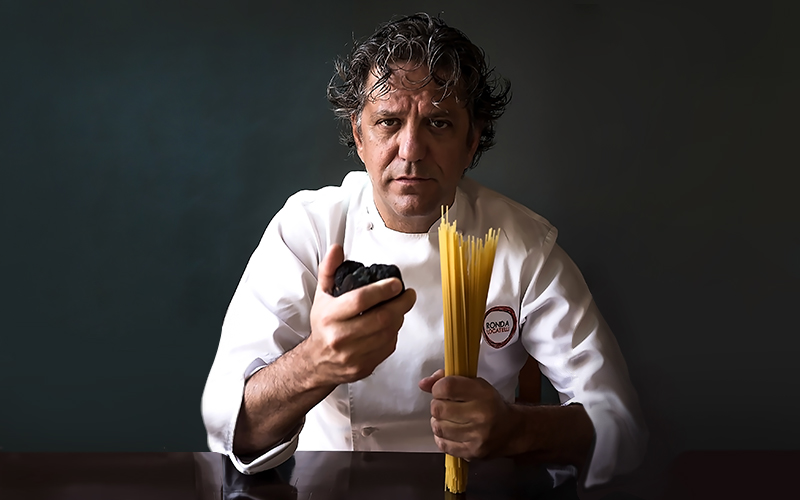
The ‘king of truffles’ chef Giorgio Locatelli of Ronda Locatelli at Atlantis, The Palm in Dubai gives us the lowdown on buying, storing and using the much-loved ingredient, truffles. Considered one of the finest Italian chefs in the world, Giorgio Locatelli was born into a family of restauranteurs in Northern Italy. He has since worked at some of the UK’s most sought-after restaurants including the Savoy and opened Zafferano, where he earnt his first Michelin star, followed by a second star at his restaurant, Locanda Locatelli. In Dubai regularly to touch base with his team at Ronda Locatelli, here’s what chef Giorgio shared with us about truffles. Talk us through the difference between white and black truffles… I’ve been sourcing my truffles for several years from truffle hunter San Pietro a Pettine, based in Trevi. Although the truffles are from the same family they are totally different and have completely different characteristics. For example, my grandfather wouldn’t eat black truffle, only white. He barely acknowledged that black truffle existed! At the beginning of the year we created a delicious one off menu at Ronda Locatelli with black truffle signature dishes. Although the white truffle aroma is intense, it tends to fade quickly, as opposed to the black truffle, which has a subtle taste, but lasts much longer. When buying black truffles, what should you look for? When I’m buying black truffles for my restaurants I always make sure they are hard but not too heavy. This is because if they are heavy it can be a sign that they are spoiled. As a rule I only choose fresh black truffle, as this tastes the best, and recommend that you avoid jarred or pickled products. I like to speak directly to my supplier to ensure I know exactly where the truffle has been sourced from as this can also affect flavour and taste. How should black truffles be stored and prepared for use? The best way to store black truffle is in a cloth within an airtight container in the fridge. I’d also recommend taking the truffle out of the fridge and leaving in room temperature for one hour before you start cooking. Make sure you then give them a good clean using a small brush, being extra careful to get in the crevices and never to put the truffle under running water, as this will spoil it. What’s your take on truffle oil? So many restaurants are using it these days, but we hear mixed reviews… For me this is an ingredient I never use. Truffle is best served fresh, and grated directly onto the dish. Taking it back to the beginning, what got you started in the kitchen? Since as long as I can remember I have always loved food. I actually spent most of my childhood at my family restaurant; it is all I have ever known and a life-long passion of mine. For more information about Ronda Locatelli at Atlantis, The Palm, Dubai, visit https://www.atlantis.com/dubai/restaurants/ronda-locatelli.
Trend talk: affordability and quality are key to restaurant wine sales at Carine
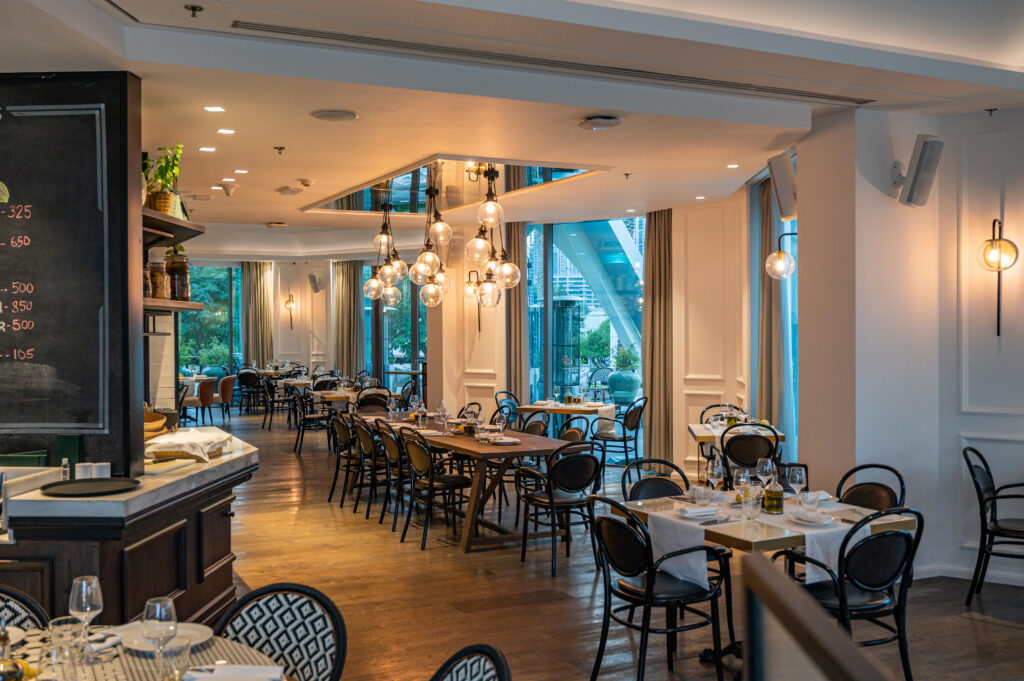
Eranda Ranganath, Assistant Bar Manager of popular French restaurant Carine at Emirates Golf Club, Dubai shares insights on current wine consumer trends and behaviours. “Given that 75% of our revenue is from our wine menu, it would be fair to say that a lot of our diners appreciate and enjoy wine” Backed by years of experience working across high-end F&B establishments in the UAE such as Asia Asia at Pier 7, Karma Kafé in Souk Al Bahar, and La Serre at Vida Downtown, Eranda Ranganath, the Assistant Bar Manager at Emirates Golf Club’s Carine is well-equipped when it comes to beverage. Since joining the chic French restaurant led by locally-famed chef Izu Ani nearly one year ago, Eranda has served hundreds of guests at Carine, where he reveals simplicity is key to their offering and by using thoughtfully sourced ingredients the outlet offers an array of delicious Mediterranean-style dishes, unique cocktails and a fantastic range of old and new world wines. “At Carine, whilst we maintain an elegant approach and aesthetic, we incorporate the philosophy of casual dining, welcoming families and friends to enjoy long lazy lunches or romantic alfresco dining in the evening,” explains Eranda. The design of the restaurant is to evoke a strong sense of community where guests step into a lively atmosphere, filled with natural light and warmth. Carine’s manicured terrace serves rolling views of the green Emirates Golf Course and of course, a vibrant and exceptional F&B experience. Nestled in one of Dubai’s most sought-after areas, Carine’s guests are predominately members of Emirates Golf Club, UAE residents and a few tourists, tells Eranda, revealing that “given that 75% of our revenue is from our wine menu, it would be fair to say that a lot of our diners appreciate and enjoy wine.” When it comes to current wine consumer demands, the beverage professional explains that most guests at Carine have an appreciation for great quality at an approachable price point. “The majority of our guests are looking for a good selection of wines at an affordable price range. We’re also definitely seeing a new generation of wine consumers who are thirsty for the perfect wine and food pairings” he said. Adding that “without doubt, Bordeaux is the most popular French red wine at Carine. We also see that Chablis is the best-selling white wine and a Cote De Provence rosé always performs well.” While French wines are by far the most popular at Carine, Eranda admits the bar team likes to encourage their guests to experiment with different varieties and perhaps nudge them out of their comfort zones. To do so, Carine offers quite a large number of wines by the glass to enable dines to sample a wide-range of grapes. “We predominantly serve our most exclusive wines by the glass,” notes Eranda, revealing that Carine’s Bordeaux selection of wines are the outlets most luxurious. With such high demand for a wide-range of wine varieties, Carine uses two of EuroCave’s V-Pure L cabinets side-by-side to optimise storage and serving temperature. “Storing and serving wine at the right temperature is crucial for us and our guests. Every wine is different, from aroma to taste, and with EuroCave cabinets we can conserve the essence and experience of each fine wine. The EuroCave cooling and humidity system is unique and essential to keep our wine safely and elegantly stored,” explains Eranda. The Pure range used by Carine allows wine to mature under optimal conditions at 12-13°C or serve one style of wine at any single specific temperature from 6°C to 19°C. For more information about Carine, please visit www.dubaigolf.com/emirates-golf-club/dine/carine/ or call +971 4 417 9885.
Get to know: Pierre Gagnaire
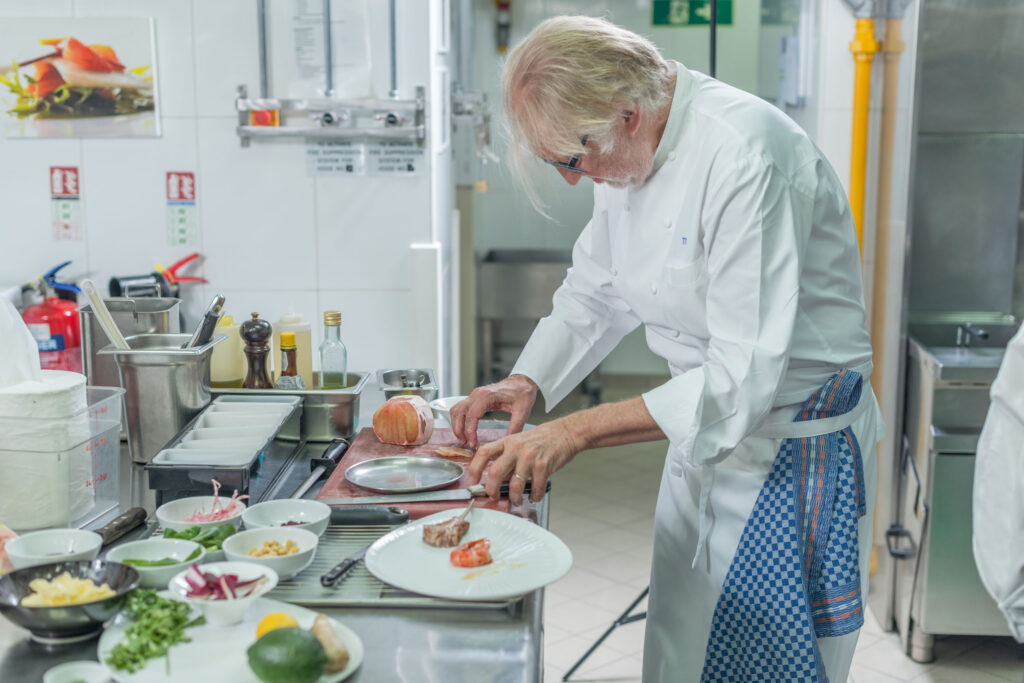
With three Michelin stars under his belt, over 10 successful restaurants worldwide and Le Chef’s title of ‘best chef in the world’ as his own, Pierre Gagnaire is notably one of the most respected chef’s in the industry. Although based in his native France, the accomplished chef is the culinary lead behind InterContinental Dubai Festival City’s Pierre Bistro. Here, we get to know chef Pierre Gagnaire on a personal level. What’s your first food memory? My first food memory is from my grandmother. My brother and I were always together as kids, and in the mornings when we were in bed my grandmother would bring us both a biscuit topped with butter and chocolate. When you’re a kid, you don’t realise the significance – crumbs in the bed and half asleep – but thinking back, it’s a very special, fond memory for me. It was quiet in the countryside, in the village where I was born, and how blissful it was to enjoy just a simple biscuit, with really amazing butter and a thin slice of chocolate. Why did you want to become a chef? My father had a restaurant, and I’m the oldest of my family so that naturally became my job. I didn’t like it at first, but after a few years it was my life and my passion for food started. I didn’t understand initially how working in this industry could open doors for meeting new people and how creative it’d allow me to be. With maturity and experience my appreciation grew. Through all your culinary successes, you’ve always stayed clear of the whole celebrity chef scene. Why is that? The reason is because when you do that, you spend a lot of time doing that. When you have the opportunity to be in the spotlight, it’s incredible the way that people see you, but if you become famous this doesn’t go away once the TV is switched off. You can be in a supermarket with people pointing at you, and I hate that. People become totally inquisitive and lose their minds around you. I don’t want to be treated like that. What ingredients do you like to source from the Middle East? Dates, camel milk, honey, lamb, and spices. What five ingredients are always in your kitchen at home? Olive oil, vinegar, butter, salt, and honey. What is your comfort food? An orange. It’s a simple choice, but when I was a child an orange was special. It was not something that was very accessible to me growing up. It was something very special to have an orange, in my time. And, if I had to pick something else I’d choose bread – a piece of nice bread with a little piece of chocolate on it. Another comfort food would be oysters. I love oysters. When you’re at home, do you cook often? In the summer, yes. In August when I’m at home, I enjoy getting into the kitchen. It’s my pleasure to cook for my family as I don’t see them very often so I enjoy spending this time with them over dinner at home. If you could go back and give your younger self some advice, what would you say? Don’t forget about your family and don’t forget your private life. It’s important to find balance. For more information or reservations at Pierre’s Bistro, visit pierresdubai.com or call 04 701 1199.
José Avillez: What sets Portuguese cuisine aside from other Mediterranean fare
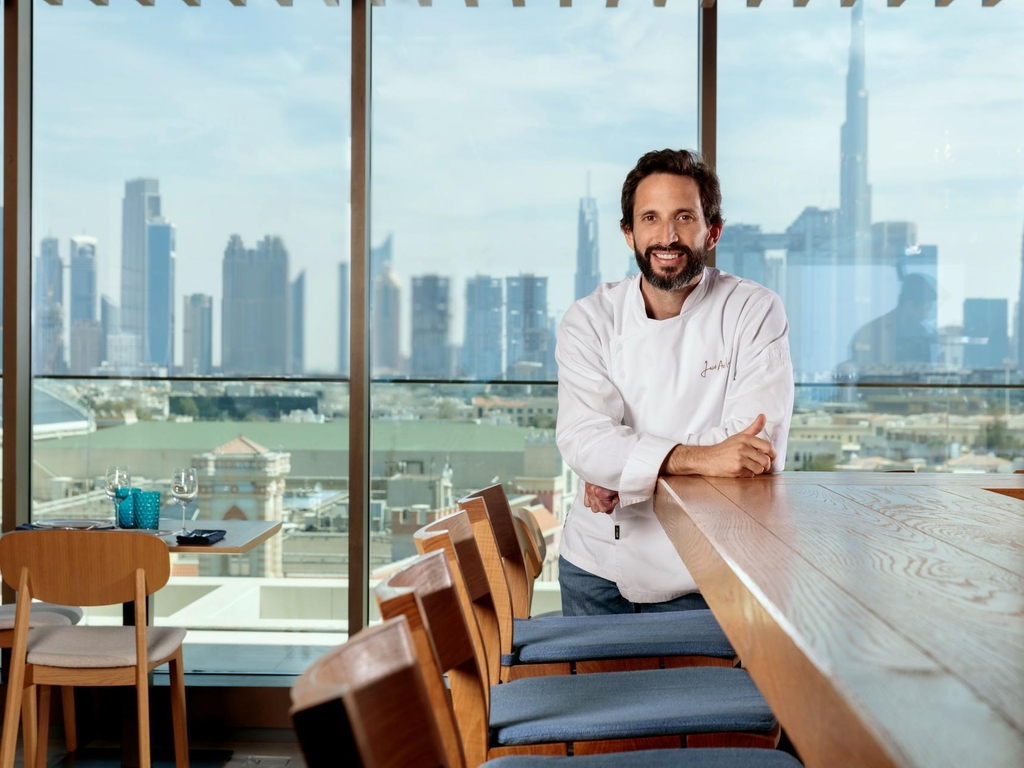
Famed Portuguese chef José Avillez of Tasca at Mandarin Oriental Jumeira, Dubai, shares what his country’s cuisine offers and what traditional dishes can be found on his menu. Representing his first international venture, Portuguese chef José Avillez made his Middle Eastern debut with the opening of Tasca at Mandarin Oriental Jumeira, Dubai in 2019. He has several restaurants in Lisbon and Porto, each with a different concept, but all expressing his passion for cuisine. Avillez is most well-known for his two Michelin-starred Belcanto in Lisbon. Offering true flavours of Portugal, Tasca in Dubai takes inspiration from a traditional Portuguese eatery, ‘tasca’, serving genuine food and drinks but with a contemporary twist. With a menu based on a sharing concept, Tasca takes guests on a culinary journey across the rich and varied country. Chef Avillez tells more… Dubai is lacking in Portuguese restaurants, so Tasca really brings something different to the city. Tell us about the restaurant and its offering… Tasca, at Mandarin Oriental Jumeira, Dubai is inspired by a traditional Portuguese restaurant concept – a tasca, which is a typical casual Portuguese eatery, with authentic food and drinks. However, Tasca adds a twist, because it offers a contemporary and pulsating dining experience. We serve Portuguese flavours with a contemporary twist in a vibrant setting, overlooking the sweeping ocean on one side and Dubai’s skyline on the other. Is the menu at Tasca inspired by a certain area of Portugal, such as the Algarve’s cuisine, or is it influenced from all areas of the country? Tasca offers rich and varied contemporary Portuguese cuisine from across the region. The menu offers some of Portugal’s best flavours and products. I believe Portugal has one of the best cuisines in the world, with the world’s best fish and seafood. Tasca offers the opportunity to savour them. It’s a unique, unmissable experience. What are some of the traditional Portuguese dishes found on Tasca’s menu? Some of the traditional Portuguese dishes that can be found on Tasca’s menu are Bulhão Pato clams, Gomes de Sá codfish, Lagareiro octopus, grilled giant red shrimp, grilled blue lobster, prawns with garlic and chili, steak with an egg on top, olive oil custard pudding. They are all plated in a contemporary style but are as full-flavoured as the traditional recipes. What in your opinion, is the must-try dish on the menu? That’s a difficult choice. The menu is amazing. Tempura avocado, tuna tartare cone, giant red shrimp, steak with egg on top, and the mandarin orange. What type of ingredients are you sourcing from Portugal for Tasca? The ingredients we are bringing in from Portugal include giant red shrimp, blue lobster, seabass, coastal prawns and clams. I believe Portugal has the best fish and seafood in the world. Are there any Portuguese ingredients that you’d like to have on the menu, but haven’t been able to source here? Yes, Portuguese vegetables. Looking at your background, how did you get started as a chef? Looking back, I’ve had a passion for food ever since I was a child. In fact, it was actually a passion for eating. I started cooking at home when I was seven. I used to bake with my sister, and we sold the cakes to family, friends and neighbours. I went to college to study Business Communications. When I signed up for it, I wasn’t aware that my future would involve working in a kitchen, but at the end of my studies, my interest for cuisine started to grow and I had the opportunity to visit a professional kitchen. My heart began to race and I felt a whirlwind of emotions. At that moment, I realised I had found my way. After that, I went on several trips, did training courses and internships as a chef. I learned at the hand of Antoine Westermann at Fortaleza do Guincho, at Alain Ducasse’s school, in Éric Fréchon’s kitchen at the Bristol Hotel, and at the renowned El Bulli, a step that truly changed my career. It changed my life. What trends and dining behaviours are you witnessing coming out of Lisbon at the moment? The last 15 to 20 years have built a contemporary Lisbon. Some investments were made to present Lisbon as a multicultural European capital and the urban environment was transformed. There are significant signs of modernisation but the historic charm has been preserved. Lisbon is a seductively stylish revitalised city and is a great destination for food lovers. We have very high-quality products: wine, cheese, olive oil, meat, fish and seafood, and Portuguese cuisine is tremendously rich and varied. This has transformed Portugal’s gastronomic scenario in a very interesting way. Today we have a much more diverse offer than we had 10 years ago. What sets Portuguese cuisine aside from other Mediterranean cuisines? Portuguese cuisine is tremendously rich and diverse. The differentiating aspect of our cuisine has to do with the cultural exchanges that happened in our Age of Discovery. Those ingredients and techniques from other continents influenced and enriched our cuisine. In addition to that, Portugal has a wide variety of landforms, climates and soil types. Moreover, we have a long coastline, we have highlands in the north of Portugal, and the mid-coastal region consists of dunes and pine tree forests. In Southern Portugal, more specifically Alentejo, we find plains. Each region of Portugal has different, yet amazing products: cheese varieties, bread types, olive oils, produce, spices, herbs, meat, fish and shellfish. The tradition, the ingredients, and the flavours, the influences are always on my mind. I’m very proud of our amazing cuisine. For more information about José Avillez, visit joseavillez.pt.
